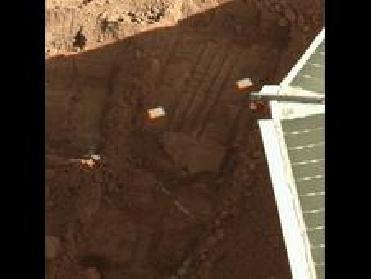
WASHINGTON, DC (BNS): NASA’s Phoenix Mars Lander has temporarily halted the search for evidence of liquid water on the Martian soil. According to an article published in the September 10 issue of The New Scientist, soil from the Lander's deepest trench has failed to fall into its wet chemistry laboratory, and mission managers are abandoning any further attempts to study the soil, at least for now.
The soil sent to the wet chemistry lab was dug from a trench called 'Stone Soup', which is nearly 18 cm below the surface and much deeper than from any other trench the Lander has dug.
The New Scientist says that ‘Stone Soup’ sits between two polygons, raised hillocks that are similar to permafrost features on Earth. “If liquid water was once present at the landing site, it might carry salts, like perchlorate, down between the polygons,” the article quoted.
Lead scientist heading the wet chemistry department, Sam Kounaves of Tufts University in Medford, Massachusetts, said that the scientists had hoped that they would be getting at something extraordinary from the Martian sample. The article quotes that researchers had hoped to compare salt concentrations at the bottom of the trench with those closer to the Martian surface that could help reveal the history of any liquid water present in the area.
As part of the onboard Microscopy, Electrochemistry, and Conductivity Analyzer (MECA) instrument, Phoenix has attempted to deliver Martian soil from the trench twice to its wet chemistry lab.
The New Scientist says that the team aimed to place the soil in one of the two remaining wet chemistry cells, which could detect the presence of dissolved salts. However, both soil samples seemed to be too sticky to fall past a screen on the device, it said. In the second attempt on Sunday last, a large pile of soil was left on the instrument. “The sides of the soil looked impressively vertical, attesting to the sample's stickiness,” the New Scientist said.
Explaining about the stickiness, Kounaves was quoted as saying that Mars was presenting them with material that's more cohesive than most people had thought. “This cohesiveness might be due to clays, salts, or some sort of electric charge,” Kounaves said.
According to the New Scientist, the wet chemistry lab will now analyse more soil from a trench called ‘Snow White’, which it had studied earlier. It will be used to confirm previous measurements.
Kounaves was quoted as saying that if time permitted, the team would use the Lander's robotic arm to turn over one of the rocks on the landing site and look for visual evidence of salt deposits. “Rocks can collect moisture underneath them, concentrating salt. Such salt deposits have been observed in similar environments, like the Antarctic dry valleys,” the magazine said.
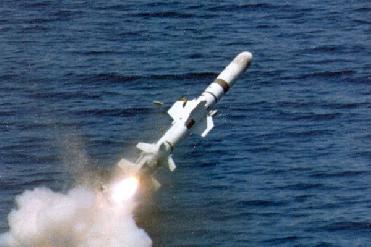 Previous Article
Previous Article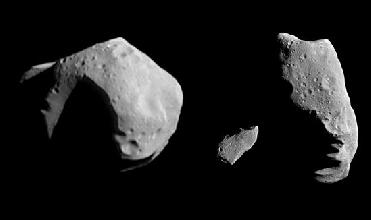 Next Article
Next Article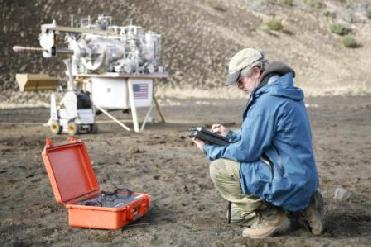
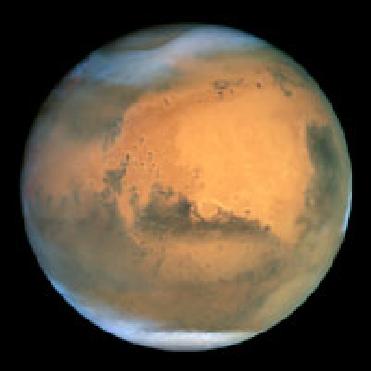
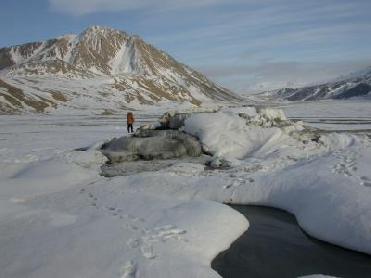
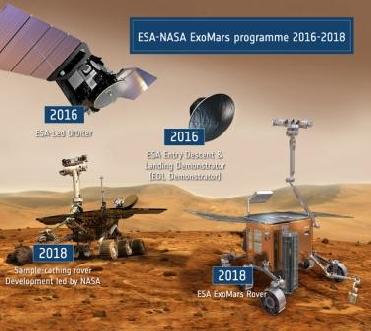










The Indian Air Force, in its flight trials evaluation report submitted before the Defence Ministry l..
view articleAn insight into the Medium Multi-Role Combat Aircraft competition...
view articleSky enthusiasts can now spot the International Space Station (ISS) commanded by Indian-American astr..
view article